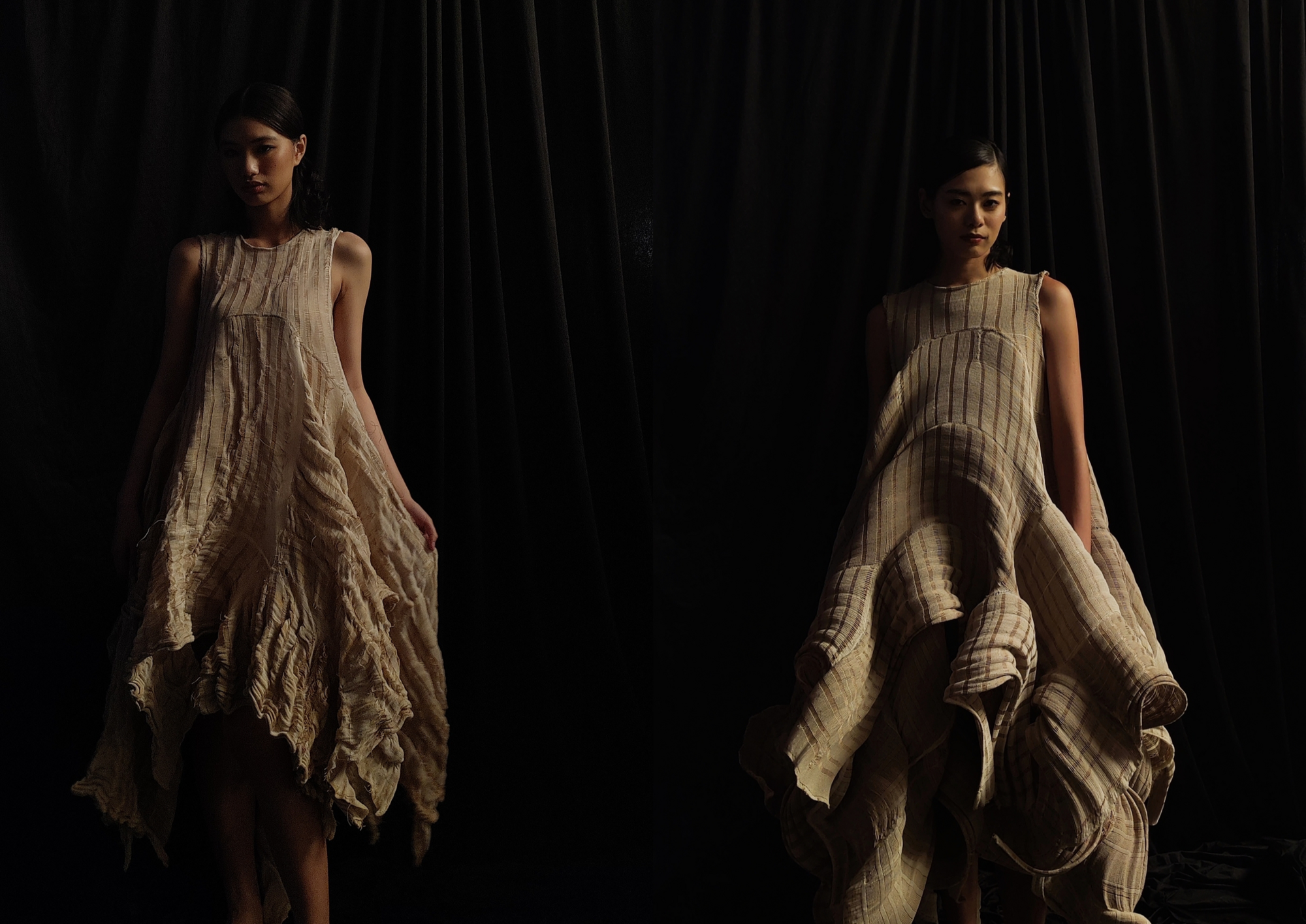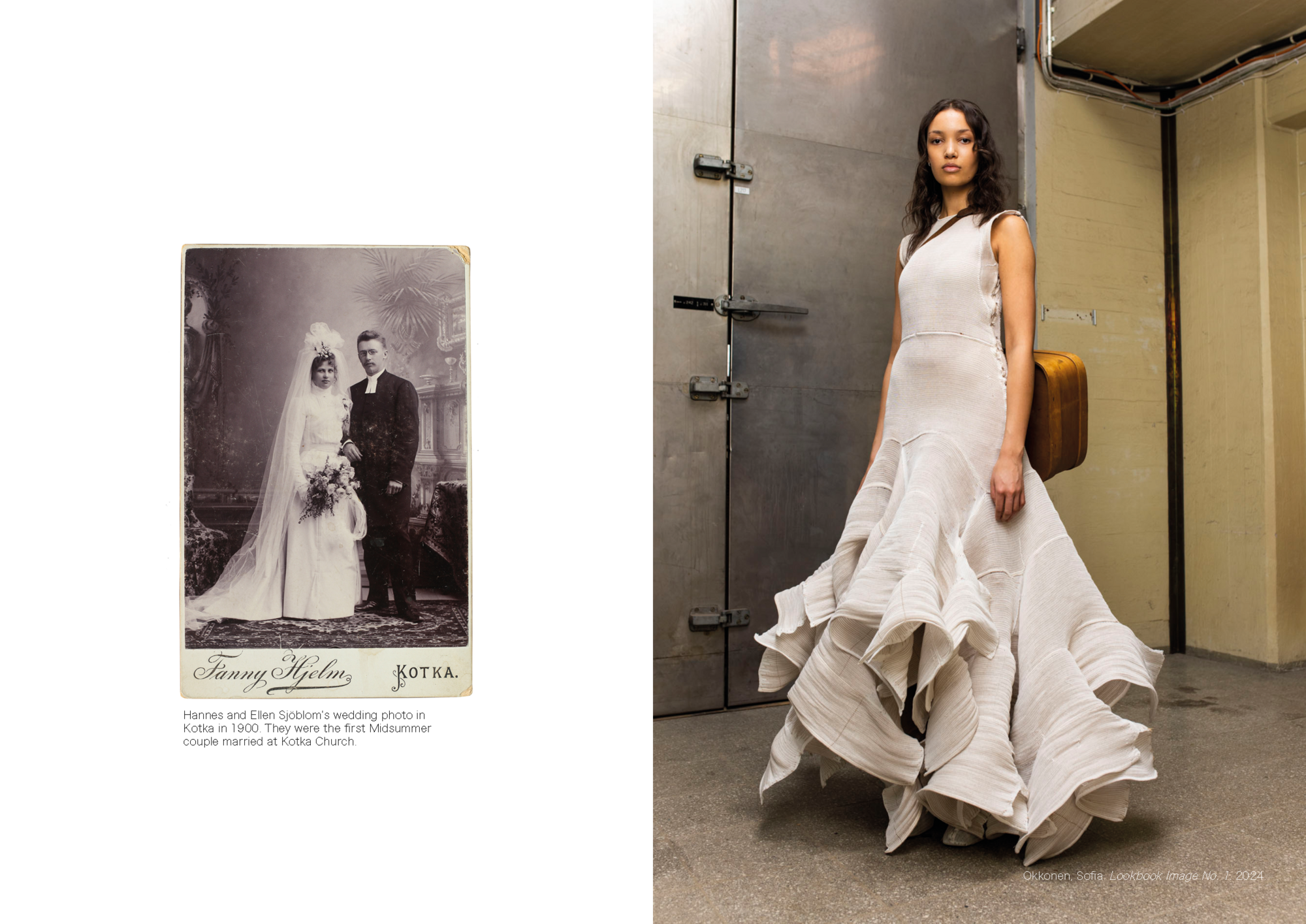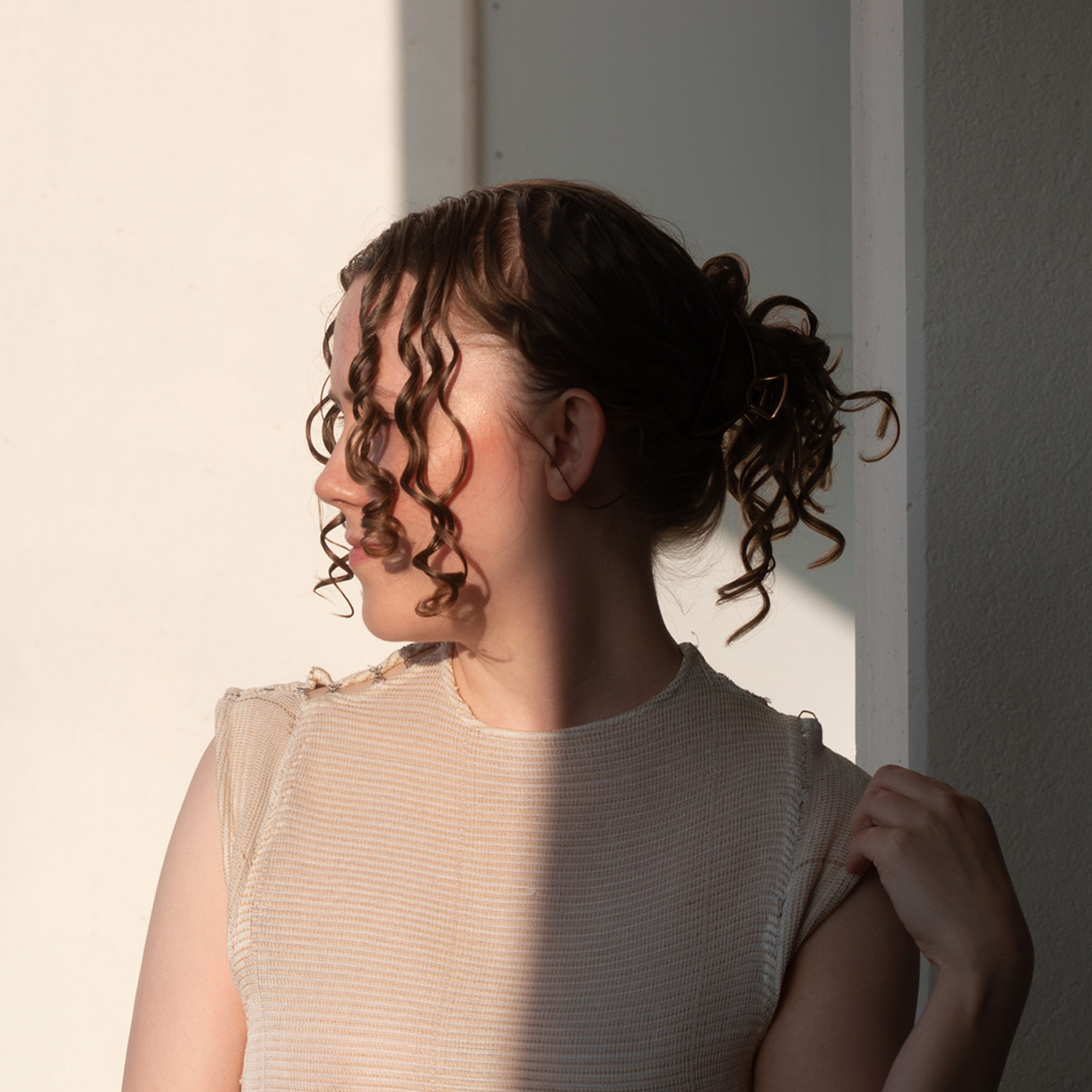Monin terveisin isäsi
Category: Apparel
My inspiration for creating knitwear is based on my ancestors’ correspondence from the early 1900s in Finland and China. In 2018, I received a box of letters from my grandmother. These brown, neatly folded letters contain stories spanning about a hundred years, with various recipients and writers. Together, they form an intriguing picture of my family’s dramatic life around the world. My great-great-great-grandfather, Hannes Sjöblom, was Finland’s first missionary to China in the early 1900s. He fell in love with China at first sight and wrote in a letter in 1901: ”The journey from Shanghai to here (Hankou) took four days. During this time, our love for this country, and for these people, who swarm around us like ants, has grown. Seeing the well-tended green fields along the majestic Yangtze River, one couldn’t help but exclaim: oh, what a magnificent country!” Hannes took stunning photos of China, which are preserved in Finland’s National Archives. These photos are the inspiration for my work, in particular, the photos featuring the sails of Chinese ships. The white sails, with their straight wooden masts, holes, and wear, are echoed in my pieces through the use of paper yarn and white cotton yarn. Additionally, I mimic the letters’ unique characteristics in my work. From the marks of time such as stains, sun fading, ink yellowing, and the fragile condition of the paper, to the contents of the letters themselves. I knitted all the pieces in my collection using a Stoll industrial knitting machine with a 12-gauge density. Initially, the process was challenging, with yarn breakage and fabric falling off repeatedly. However, after months of practice, I learned to control stitch tension and select suitable yarns. Industrial knitting begins by threading the yarn through guides, securing it under the needle beds, and knitting it into a comb on the back bed. Weights are added, and the carriage moves back and forth until the fabric reaches the desired length. Instead of stopping there, I experimented further—rotating the fabric, sewing it back onto the comb, and continuing to knit, allowing garments to grow seamlessly in shape. This method eliminates material waste, as pieces are shaped directly through knitting. The process felt like sculpting, with each step revealing unexpected forms, fueling my excitement to continue.



 Copy URL
Copy URL
 Login to Like
Login to Like 